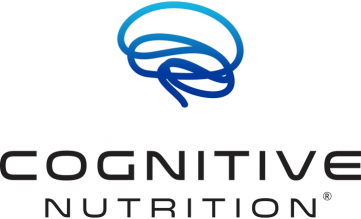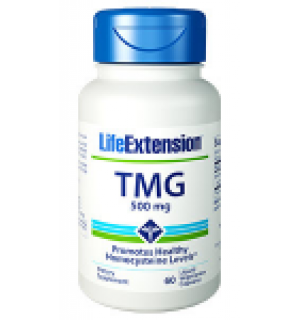Description
Trimethylglycine (TMG) is also called glycine betaine, but the name trimethylglycine signifies that it has three methyl groups attached to each molecule of glycine. TMG was discovered to be beneficial to heart health back in the 1950s.1-5 TMG operates along a pathway similar to that of vitamin B12. It is a “methyl donor,” providing extra methyl groups to hasten the conversion of homocysteine back to methionine.6When a TMG methyl group is donated to a molecule of homocysteine, it converts to the non-toxic amino acid, methionine.7,8 Research showing TMG’s ability to promote healthy levels of homocysteine, alone or in conjunction with other nutrients, confirms its status as an important nutrient for cardiovascular health.9-17 For example, in a recent cross-sectional survey study, participants who consumed >360 mg/d of TMG had, on average, 10% lower concentrations of homocysteine and 19% lower concentrations of C-reactive protein than those participants who consumed <260 mg/d.18
| Supplement Facts | ||||||||||
|
||||||||||
| Dosage and Use | ||||||||||
|
||||||||||
| Caution | ||||||||||
|
If muscle tension or headaches occur, reduce dose or discontinue product, and inform your physician if they do not subside. |
||||||||||
|
Warnings
To report a serious adverse event or obtain product information, contact 1-866-280-2852. |
||||||||||
These statements have not been evaluated by the Food and Drug Administration.
These products are not intended to diagnose, treat, cure, or prevent any disease.



